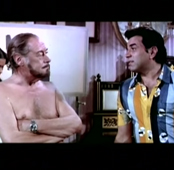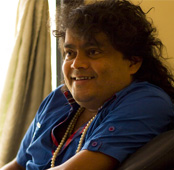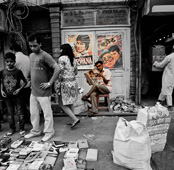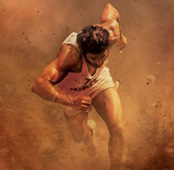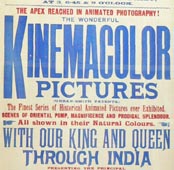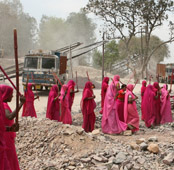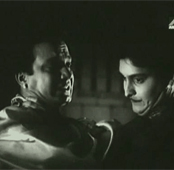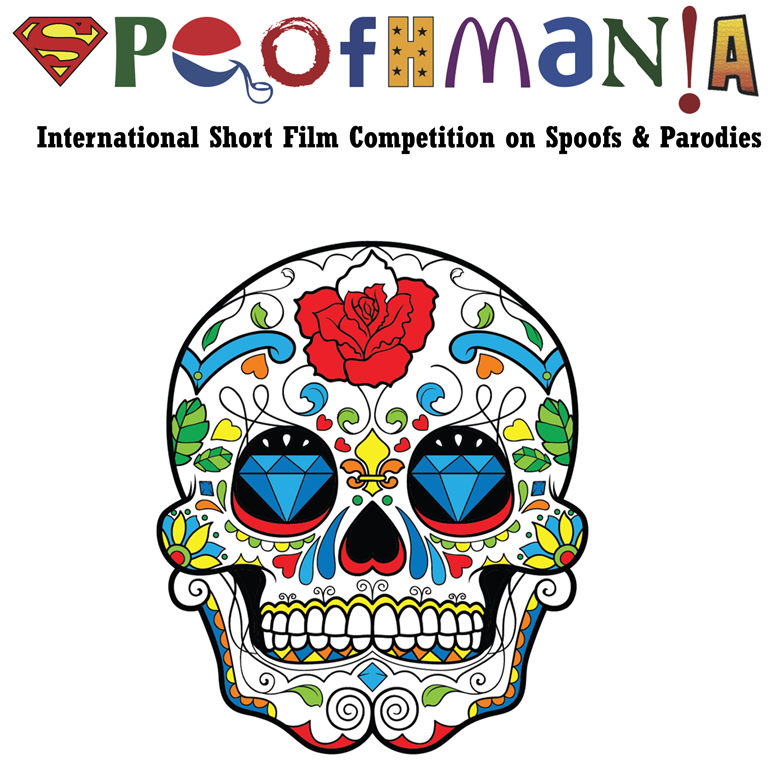
India’s first international spoof film fest is here. But how has the genre evolved through the ages? And what does it stand for in India?
Spoofhmania is India’s first international short film festival on spoofs. It’s taking place from November 20 to 25 at various venues throughout Delhi (especially in the Hauz Khas village) and Gurgaon, with the grand finale being hosted at the Siri Fort Auditorium.
The festival is the brainchild of Delhi-based Short Film Organization Filmbooth, which was founded by Gaurav Raturi, Mohak Mathur, Nagendra Singh, Ajesh Balachandran and Sumit Nanda in 2008, as a platform for short films. The team believes short films are a democratic medium and “the next big thing in the entertainment sector”. Gaurav Raturi explains that they initially conducted short film festivals for social causes such as education, the World Environment Day, the Millenium Development Goals, “and then we felt we needed to do something fun, needed to do the opposite”.
For Spoofhmania the team collaborated with Crowd Funding Platform Wishberry to raise funds. Entries have poured in over the last few months and the six day festival will screen selected spoofs in its competition section. Among the most exciting entries are Creamerica, a crime drama spoof co-directed by Subhashini Dewada, Vinimay and Varun P Anand that is a mash-up of several popular films and characters including Godfather and popular Indian TV drama CID; Lubdhanam Cora (The Greedy Thief), an animation film, written and directed by Sagar Kadam, which won the Special Jury Award in a competition organized by ASIFA (Association Internationale du Film d’Animation) India; and Casting Call by Nicholas Grasso, a spoof movie where Robert De Niro meets Johnny Depp.
Spoofs, or parodies, are a sub-genre of comedy. The team at Spoofhmania, however, doesn’t believe in an iron-clad definition for the genre. The idea, simply, is to make people laugh and take a less-serious approach to life, to bring together a crazy mix of films and people, and have some fun. Hence, the ‘h’ in the middle of the festival’s name, or a jury, who will be judging the films in the competition section, called the ‘cabinet of ministers of spoof’. The Ministers of Spoof include Rahul da Cunha, MD and Creative Director at DaCunha Communications, the company behind Amul’s legendary ad campaigns; Josy Paul, Chairman and National Creative Director at advertising firm BBDO India, and Documentary Filmmaker Nitin Sukhija.
There will also be screenings of Hindi spoof movies (Tere Bin Laden) and those from abroad (Spider-Plant Man), as well as viral videos (How It Should Have Ended). Two films to watch out for will be Sita Sings The Blues, an animated version of the Ramayana tale, through a feminist lens, that integrates blues music with mythology and Star Wreck (an obvious take on Star Trek). Besides films, the festival will showcase spoof through stand up gigs like ‘Stand up for the Spoof’ by Sanjay Rajora, Mahep Singh (winner of best comedian at the Indian Comedy festival, Delhi 2012) and Amit Tandon, art exhibitions and a ‘Spoof Parliament’ with Ministers of Spoof Josy Paul and Nitin Sukhija.
It is difficult to identify the first spoof movie. Among the earliest was the 1922 silent film Mud and Sand. The film spoofed and satirized several scenes from the succesful Blood and Sand, released in the same year which told the tragic tale of a great Spanish matador and his disastrous extramarital affair. So Matador Rudolph Valentino and his wife Carmen became ‘Rhubarb Vaselino’ and ‘Caramel’ in the spoof. A scene from the movie, lauded for its slapstick comic precision even today, is one in which Vaselino tosses the bull over the fence and it lands sitting upright in a spectator’s chair. In the 1940s and the 1950s, spoofs began to find recognition as a valid film genre. Charlie Chaplin parodied Hitler and his Nazi regime in The Great Dictator. The spoofs of William Abbott and Lou Costello centred around encounters of the comedic pair with characters from the suspense, horror and science fiction films of Universal Studios with names like Abbott and Costello Meet Frankenstein, Abbott and Costello Meet Dr.Jekyll and Mr. Hyde, Abbott and Costello Meet the Invisible Man and Abbott and Costello Meet the Mummy.
It was in the late 1970s that the spoof movie became a widely watched genre. Filmmaker Mel Brooks made the spoof a part of mainstream Hollywood with films like Blazing Saddles and Young Frankenstein, both ranking among the biggest money-makers of their times. Blazing saddles earned Academy Award nominations for Best Film Editing, Best Actress in a Supporting Role and Best Original Song, while Young Frankenstein was nominated for Best Sound and Best Adapted Screenplay. The comedy trio of the Zucker Brothers and Jim Abrahams made Kentucky Fried Movie, crime comedies in The Naked Gun series, and the classic Airplane!— which has been on several funny movies lists, and has been ranked 10th in an American Film Institute’s list of the hundred funniest films. British comedy troupe Monty Python parodied King Arthur and his knights in Monty Python and the Holy Grail. Today, in Hollywood, spoofs have grown into big franchises with spy comedies like the Austin Powers films and the Scary Movie series.
In India, however, the spoof is a genre whose true potential is yet to be realized. “There are a lot of viral videos online but we don’t have much spoof in the mainstream,” says Raturi. Films like Tere Bin Laden and the recent Supermen of Malegaon would fit the bill. A cult classic is Jaane Bhi Do Yaaro: “The scene where they use the Mahabharat— that’s the cult scene which made Jaane Bhi Do Yaaron so popular,” Raturi says. Satish Kaushik, one of the dialogue writers of the film, has said in an interview to daily.bhaskar.com how the idea of bringing all the characters of the film and the epic together, in a comic climax on a theatre stage, came to him. “I saw cheap colourful comics of Laila Majnu, Shirin-Farhad, Mughal-e-Azam,” he said. “That’s how the idea struck! In the climax, we wanted a blend of characters.” During the actual filming the actors, some of the best in the country, took to improvising the scene to make it what it is today.
Meryl Mary Sebastian
SPOOFING US
ArticleNovember 2012


